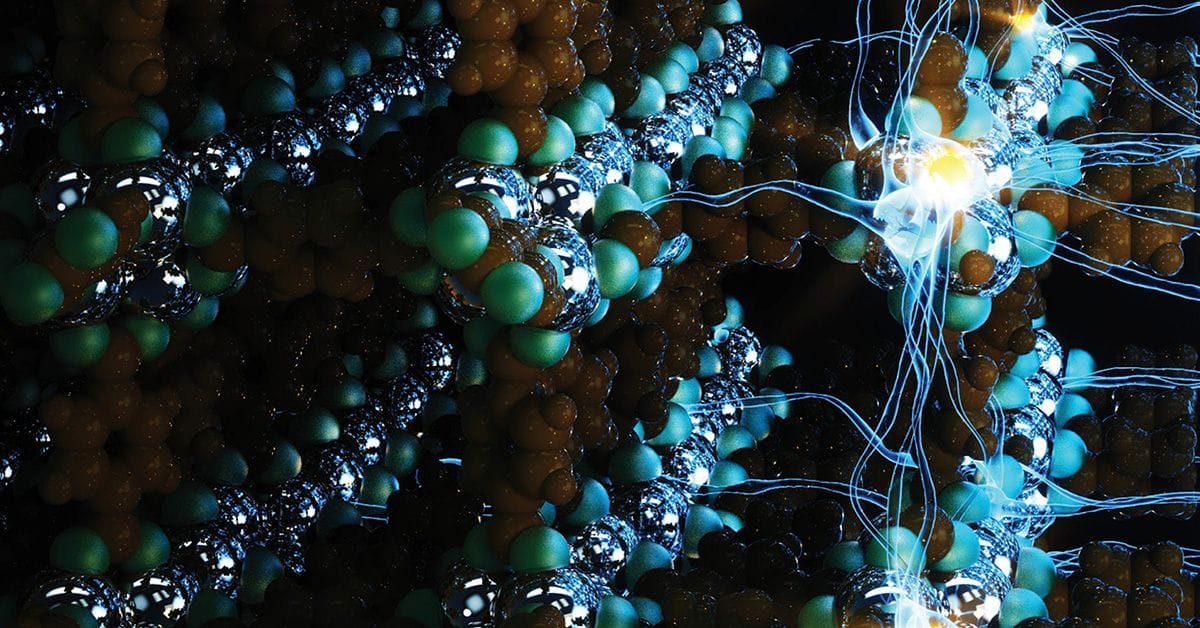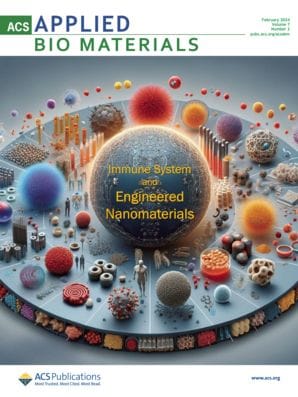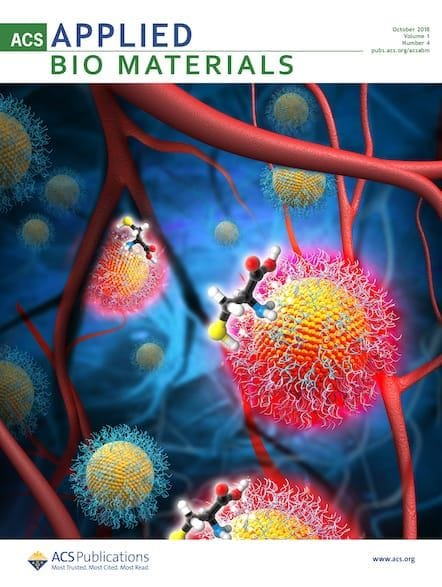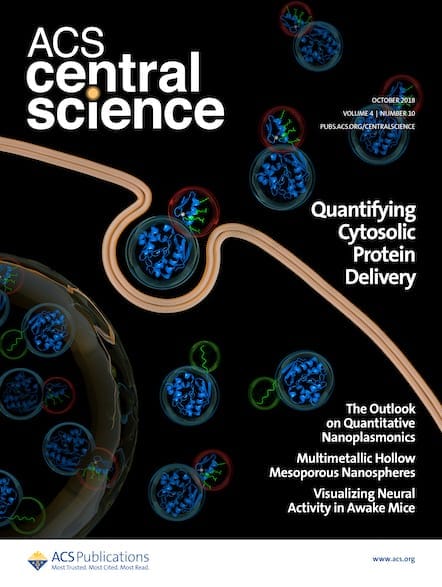This research demonstrates how altering the pore size of certain metal-organic frameworks (MOFs) could improve their performance as carriers for drug delivery.

Metal–organic frameworks (MOFs) are a class of organic–inorganic hybrid nanomaterials constructed from metal binding sites and bridging ligands. Since their discovery, they have been investigated as nano-scale drug delivery options. Several nanoscale MOFs have already entered clinical testing for cancer treatment—variously as nanosensitizers for photodynamic therapy, radiotherapy, and chemodynamic therapy.1
But one of the most interesting types of MOFs are the so-called Materials of Institute Lavoisier frameworks (MIL), which have high stability, permanent porosity, and extremely large specific surface area. In particular, MIL-101(Cr) has been the subject of much excitement since its discovery in 2005.2 Its large surface area can accommodate large biomolecules in its cages, and it has already been explored across various applications including sensor design, environmental cleanup, and gas storage and separation.3-6
Now, new work in ACS Applied Bio Materials reports on a pore-expanded version of MIL-101(Cr), assessing its potential as a carrier for a common anti-inflammatory (Ibuprofen) and a cancer drug (5-fluorouracil).7 Upon incorporation of both drugs within the MOF structure, the surface area and porosity of both the original MIL and the pore-expanded version decreased drastically. However, the drug-loaded MOFs retained some degree of porosity, even at high loading. For both drugs, delivery experiments showed that the pore-expanded MIL had better pharmacokinetic behavior than the original, delivering higher amounts of drug at three different loadings—and with much faster release rates.

Performance of MIL-101(Cr) and MIL-101(Cr)-Pore Expanded as Drug Carriers for Ibuprofen and 5-Fluorouracil Delivery
DOI: 10.1021/acsabm.3c01007
This study builds upon the team's previous research, in which they looked into how different metals in MOFs influence drug release.8 Using a drug called curcumin9 as a test case, they found that MOFs with 30% of their weight in curcumin were better at delivering the drug than those with 50%. Also, MOFs made with magnesium released the drug faster than those made with the other metals. This suggests that MOFs with more soluble metals might be more effective as drug carriers.
Historically, MOFs have been used for delivery of small-molecule pharmaceuticals,10 but as these findings reveal, it’s becoming clear they can handle much larger cargo such as proteins and nucleic acids—and possibly even whole viruses and cells. Next, the researchers intend to explore ways to achieve controlled and gradual drug release over specific time periods by altering the pore structure of the MOFs.

Stay Connected
References
- Ni, K. et al. Nanoscale Metal–Organic Frameworks Generate Reactive Oxygen Species for Cancer Therapy. ACS Cent. Sci. 2020, 6, 6, 861–868.
- Férey, G. et al. A Chromium Terephthalate-Based Solid with Unusually Large Pore Volumes and Surface Area. Science 309, 2040-2042 (2005).
- Maryam Lalehchini, M. et al. A Green, Economic Method for Bench-Scale Activation of a MIL-101(Cr) Nanoadsorbent. Ind. Eng. Chem. Res. 2023, 62, 1, 598–609.
- Small, L. et al. Hold on Tight: MOF-Based Irreversible Gas Sensors. Ind. Eng. Chem. Res. 2021, 60, 21, 7998–8006.
- Liu, K. et al. Understanding the Adsorption of PFOA on MIL-101(Cr)-Based Anionic-Exchange Metal–Organic Frameworks: Comparing DFT Calculations with Aqueous Sorption Experiments. Environ. Sci. Technol. 2015, 49, 14, 8657–8665.
- Llewellyn, P. L. et al. High Uptakes of CO2 and CH4 in Mesoporous Metal—Organic Frameworks MIL-100 and MIL-101. Langmuir 2008, 24, 14, 7245–7250.
- Pederneira, N. et al. Performance of MIL-101(Cr) and MIL-101(Cr)-Pore Expanded as Drug Carriers for Ibuprofen and 5-Fluorouracil Delivery. ACS Appl. Bio Mater. 2024, 7, 2, 1041–1051.
- Lawson, S. et al. Curcumin Delivery on Metal–Organic Frameworks: The Effect of the Metal Center on Pharmacokinetics within the M-MOF-74 Family. ACS Appl. Bio Mater. 2021, 4, 4, 3423–3432.
- Lawson, S. et al. Combined Ibuprofen and Curcumin Delivery Using Mg-MOF-74 as a Single Nanocarrier. ACS Appl. Bio Mater. 2022, 5, 1, 265–271.
- Lawson, H. D. et al. Metal–Organic Frameworks for Drug Delivery: A Design Perspective. ACS Appl. Mater. Interfaces 2021, 13, 6, 7004–7020.
